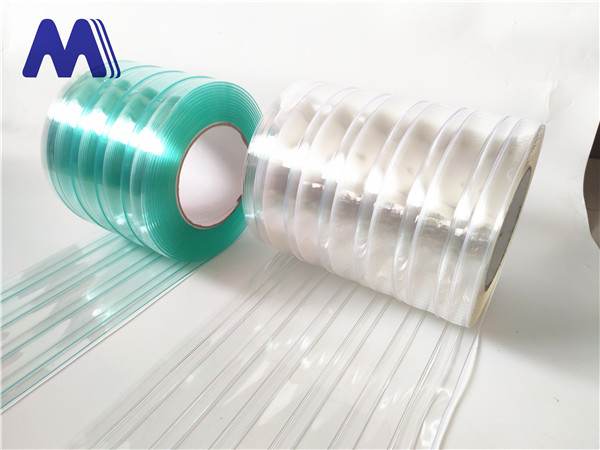- Afrikaans
- Albanian
- Amharic
- Arabic
- Armenian
- Azerbaijani
- Basque
- Belarusian
- Bengali
- Bosnian
- Bulgarian
- Catalan
- Cebuano
- Corsican
- Croatian
- Czech
- Danish
- Dutch
- English
- Esperanto
- Estonian
- Finnish
- French
- Frisian
- Galician
- Georgian
- German
- Greek
- Gujarati
- Haitian Creole
- hausa
- hawaiian
- Hebrew
- Hindi
- Miao
- Hungarian
- Icelandic
- igbo
- Indonesian
- irish
- Italian
- Japanese
- Javanese
- Kannada
- kazakh
- Khmer
- Rwandese
- Korean
- Kurdish
- Kyrgyz
- Lao
- Latin
- Latvian
- Lithuanian
- Luxembourgish
- Macedonian
- Malgashi
- Malay
- Malayalam
- Maltese
- Maori
- Marathi
- Mongolian
- Myanmar
- Nepali
- Norwegian
- Norwegian
- Occitan
- Pashto
- Persian
- Polish
- Portuguese
- Punjabi
- Romanian
- Russian
- Samoan
- Scottish Gaelic
- Serbian
- Sesotho
- Shona
- Sindhi
- Sinhala
- Slovak
- Slovenian
- Somali
- Spanish
- Sundanese
- Swahili
- Swedish
- Tagalog
- Tajik
- Tamil
- Tatar
- Telugu
- Thai
- Turkish
- Turkmen
- Ukrainian
- Urdu
- Uighur
- Uzbek
- Vietnamese
- Welsh
- Bantu
- Yiddish
- Yoruba
- Zulu
Exploring the Design and Functionality of Modern Curtain Wall Systems
The Evolution and Benefits of Curtain Walls in Modern Architecture
Curtain walls have become a defining feature of contemporary architecture, offering not just aesthetic appeal but also numerous functional benefits. As building materials and construction techniques have evolved, curtain walls have emerged as a popular choice among architects and developers for both commercial and residential structures.
A curtain wall is essentially a non-structural outer covering of a building, designed to resist air and water infiltration, while allowing natural light to enter. Unlike traditional load-bearing walls, which support the weight of a building, curtain walls hang from the building's frame, distributing their weight to the structural elements behind them. This design flexibility enables architects to create expansive glass facades, enhancing the visual landscape of urban environments.
One of the most significant advantages of curtain walls is their ability to provide a sleek, modern appearance
. The extensive use of glass contributes to a feeling of openness and connection to the outside environment. Buildings with curtain walls appear lighter and more transparent, allowing occupants to enjoy panoramic views while reducing the feeling of confinement often associated with solid walls. This trend aligns with the growing demand for sustainable design practices, where light and transparency play a crucial role in energy efficiency.curtain wall

In addition to their aesthetic appeal, curtain walls offer practical insulation properties. Modern advancements in glass technology have led to the development of energy-efficient glazing options that minimize heat loss and gain. High-performance insulating glass units (IGUs) can significantly reduce energy consumption, contributing to lower utility bills and a smaller carbon footprint. Moreover, curtain wall systems can accommodate various types of materials, including metal panels and stone, allowing designers to achieve the desired functionality and appearance.
Curtain walls also enhance a building's resilience against weather elements. They are engineered to withstand high winds, heavy rain, and other environmental stressors, providing a robust barrier that protects the interior spaces. This durability is particularly crucial in high-rise buildings, where exposure to the elements is intensified.
Furthermore, the installation of curtain walls can often be completed more quickly than traditional wall systems, as prefabricated components are utilized. This efficiency in construction can lead to reduced labor costs and quicker project completion times.
In summary, curtain walls represent a significant evolution in architectural design, marrying form and function. Their versatility, aesthetic appeal, and energy efficiency make them an increasingly popular choice in modern construction. As sustainable building practices continue to gain momentum, the curtain wall is poised to play an essential role in shaping the future of architecture.
-
Plastic Curtain for AC – Energy Saving & Easy Installation Perfect for Room and Freezer UseNewsJul.04,2025
-
Industrial Strip Curtains - Durable PVC & Plastic Solutions for Industrial DoorsNewsJun.24,2025
-
PVC Curtain Strip – Durable Standard PVC Strips for DoorsNewsJun.10,2025
-
PVC Strip Curtain – Durable & Transparent Plastic Strips for Industrial Use Affordable PricesNewsJun.10,2025
-
Clear Plastic Door Curtains Durable & Insulating VisibilityNewsJun.09,2025
-
Commercial Strip Curtains Energy Savings & Durability for Industrial UseNewsJun.09,2025



